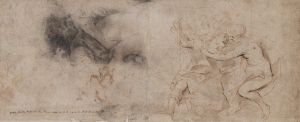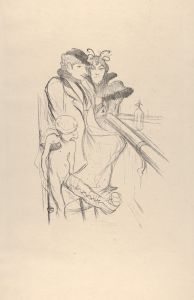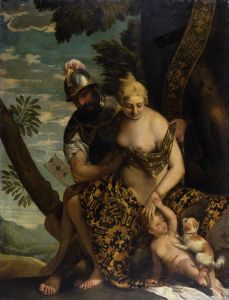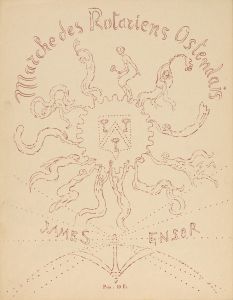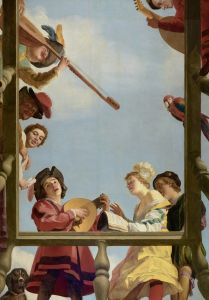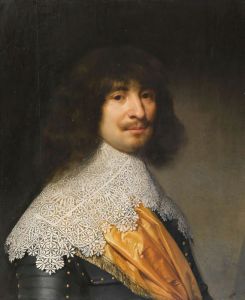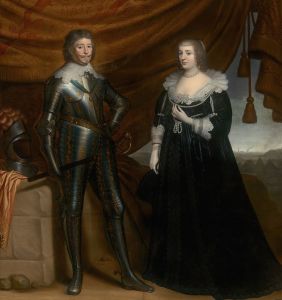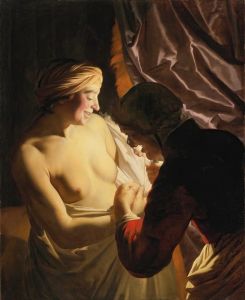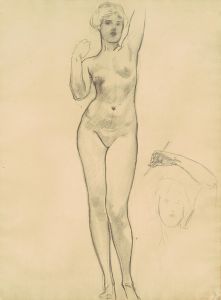
Mars and Venus in a Landscape with Eros Riding a Hound
A hand-painted replica of Gerard van Honthorst’s masterpiece Mars and Venus in a Landscape with Eros Riding a Hound, meticulously crafted by professional artists to capture the true essence of the original. Each piece is created with museum-quality canvas and rare mineral pigments, carefully painted by experienced artists with delicate brushstrokes and rich, layered colors to perfectly recreate the texture of the original artwork. Unlike machine-printed reproductions, this hand-painted version brings the painting to life, infused with the artist’s emotions and skill in every stroke. Whether for personal collection or home decoration, it instantly elevates the artistic atmosphere of any space.
Gerard van Honthorst's painting Mars and Venus in a Landscape with Eros Riding a Hound is a work attributed to the Dutch Golden Age artist, who was known for his mastery of chiaroscuro and his depictions of mythological and genre scenes. Van Honthorst (1592–1656) was a prominent painter of the Utrecht Caravaggisti, a group of Dutch artists influenced by the dramatic lighting and naturalism of the Italian painter Caravaggio.
The painting portrays the Roman gods Mars, the god of war, and Venus, the goddess of love, in a pastoral setting. The inclusion of Eros, the god of desire, riding a hound adds a playful and symbolic element to the composition. This theme of the union between Mars and Venus was a popular subject in European art, often symbolizing the reconciliation of opposing forces such as love and war. The landscape setting and the mythological figures reflect the influence of classical themes that were prevalent during the Baroque period.
While the exact date of the painting is not definitively known, it is consistent with van Honthorst's style during the height of his career in the 1620s and 1630s. The work demonstrates his skill in rendering human figures and his ability to create dynamic compositions with a sense of movement and interaction between the characters. The use of light and shadow in the painting is characteristic of van Honthorst's technique, which he developed during his time in Italy and brought back to the Netherlands.
The painting is notable for its allegorical content, as the relationship between Mars and Venus has been interpreted in art and literature as a metaphor for the balance between passion and aggression, or the harmony of opposites. The presence of Eros emphasizes the theme of love and desire, while the hound may symbolize loyalty or the hunt, adding layers of meaning to the scene.
The current location of Mars and Venus in a Landscape with Eros Riding a Hound is not widely documented, and detailed provenance information is limited. As with many works from this period, the painting may have been part of a private collection or commissioned by a patron with an interest in classical mythology.
Due to the scarcity of specific historical records about this particular painting, further details about its creation, patronage, and history remain unclear. However, it stands as an example of van Honthorst's ability to blend mythological themes with the dramatic and naturalistic style that defined his career.







